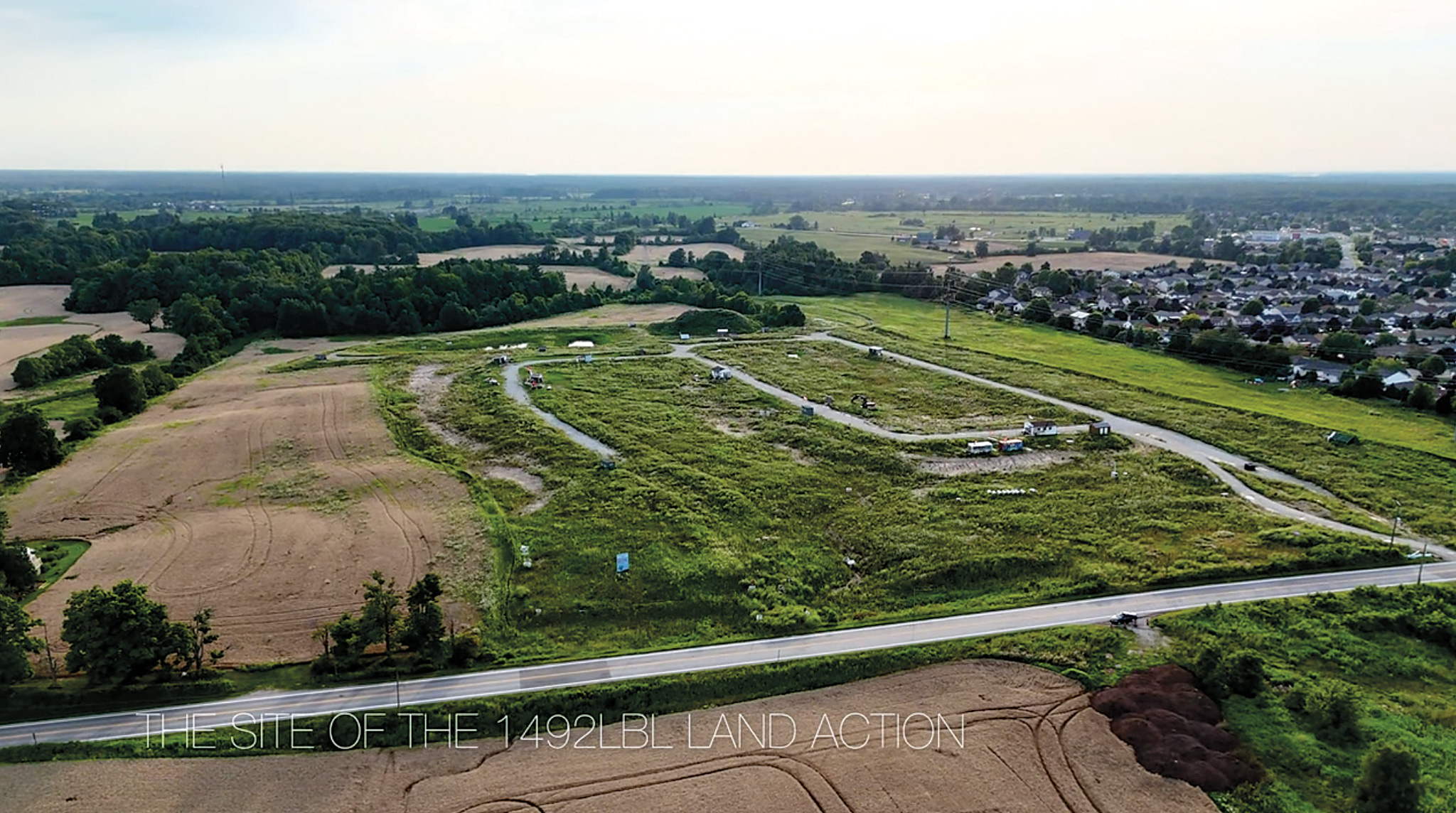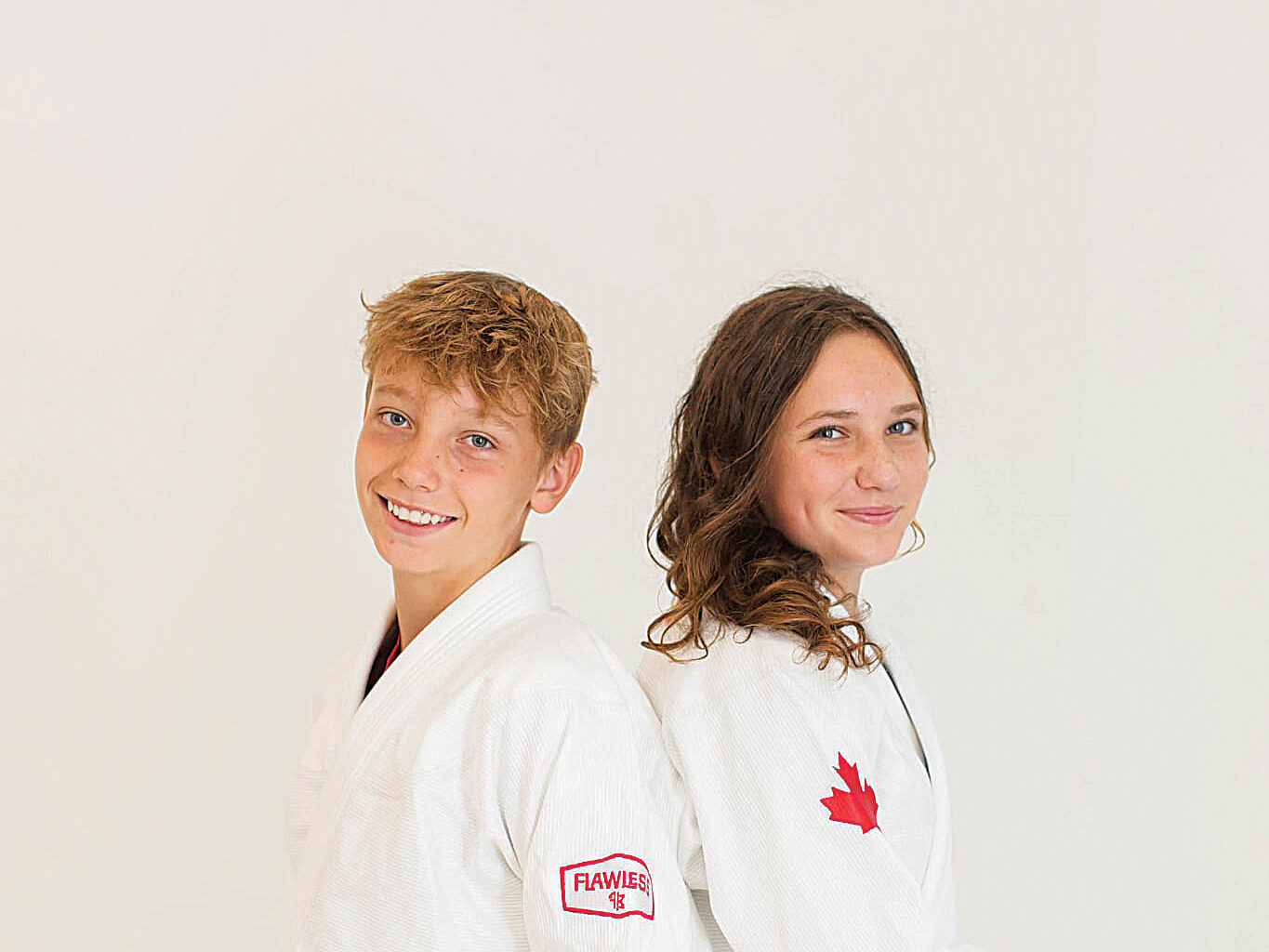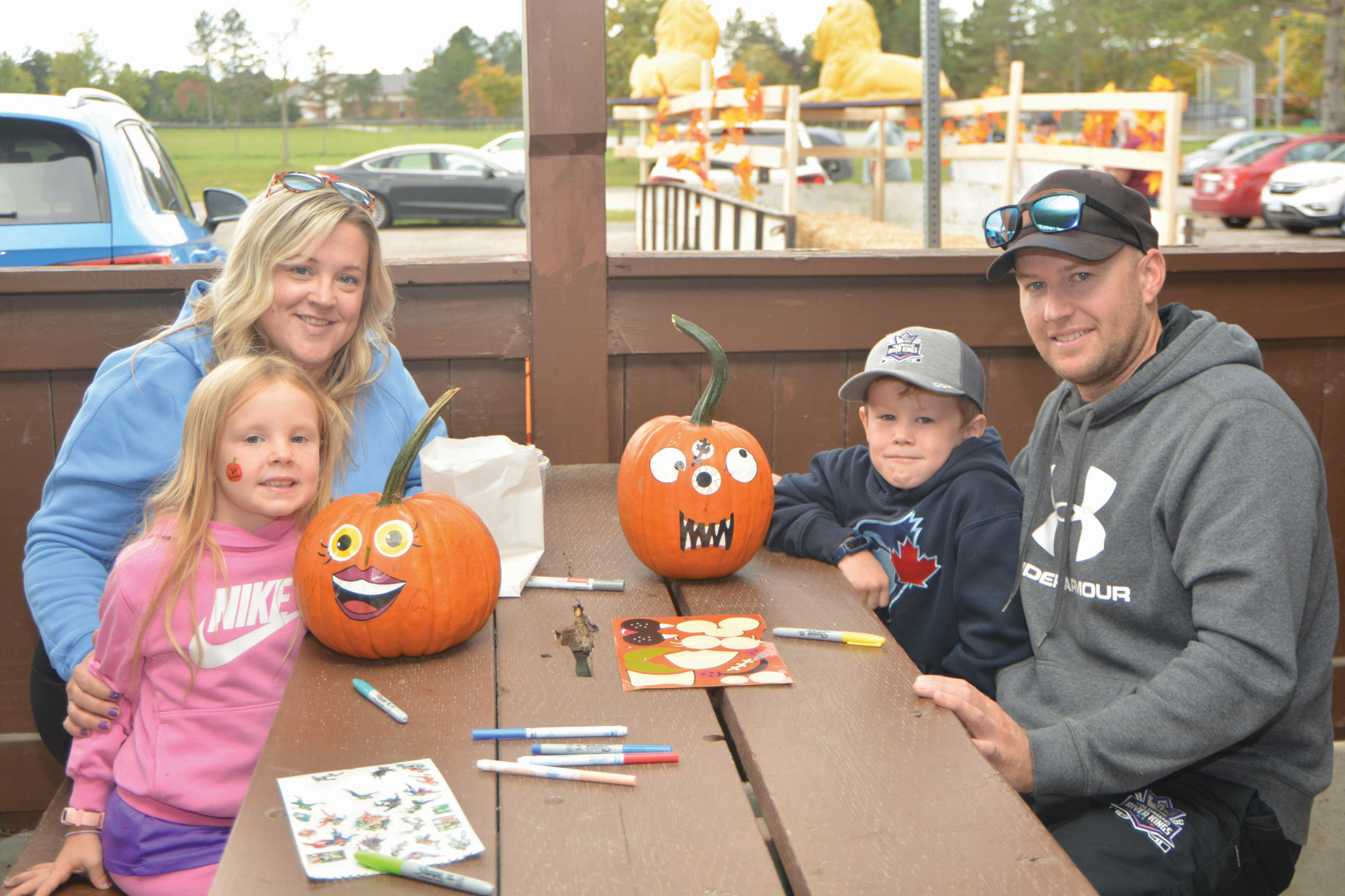By Jeff Rooney
When the ag-world talks plowing, they’re not talking about moving that white stuff off of a driveway.
As we move into spring and take off the snowplows from the front of tractors, a whole different kind of plow is put on the back in anticipation of a season of competitions that date back to the late 1800s.
At a single plowing competition, over 300,000 square feet (or 17 hockey rinks) of soil gets plowed in under three hours. From July through October, with 45 community plowing organizations and over 1,000 members helping to host such competitions across Ontario, that translates into over 14 million square feet of soil plowed each year.

Dave Murray, Secretary and Advisory Councillor for the Oneida Plowman’s Association, is happy to share more about this hobby or sport of plowing.
Murray begins to explain how a competition works: “Well, you start working your land with a split, then you build your crown.”
It’s apparent he has both a passion and an abundance of knowledge on plowing. So, let’s break down some of the terminology:
Opening split: the first plowing action in a competition.
Furrows: the long narrow ribbon of soil which is cut off by the plow and turned over.
Crowns: consists of three trips to the other end of the plow and back (rounds).
Body of the land: upon completion of the crown, the contestant turns to the left and plows the strip between his crown and the neighbour’s.
Finish furrows: the last few furrows.
With a pile of rules as strict as a Formula One race, it makes for some great competition – all be it a little slower.
Murray chuckles and says, “Plowing is not just for the rural crowd.”
He reminisces about Winston Roberts, a bank manager in Toronto who spent his weekends competing at plowing matches.
Hagersville farmer Mark Vaarkamp has made waves in the plowing word this past year, winning the Canadian nationals in August 2024. Next up, Vaarkamp has even bigger fields in mind as he’ll be representing Canada at the 70th World Ploughing Championship in Prague, Czech Republic.

He and over 60 other plowmen from around the globe, involving over 30 national teams, will showcase their skills in stubble and grass plowing from September 5-6, 2025.
Vaarkamp will head over for two weeks of practice as he prepares to compete with the best of the best. This is no small feat and can cost between $10,000 to $25,000 to get him and his equipment to Europe. This was made possible with the support of the community, who came out in droves to support a fundraising breakfast earlier this month.
For those wanting to watch a match closer to home, September 16-20 will see up to 100,000 visitors gather at the International Plowing Match 2025 & Rural Expo in Grassie, West Lincoln, Niagara. This is the largest outdoor agricultural event in North America.

Renate McGillivray, Co-chair of this 106th edition, shares, “We’ve got 400 exhibitors, live music, and an onsite RV area. We have 6,000 school kids come and learn about agricultural lifestyles.”
McGillivray continues, “One of the most popular events is the horse plowing division and this year, we have over 20 horse teams competing.”
Haldimand has hosted this international event three times: in 1996 in Selkirk, in 1971 in Nanticoke, and in 1935 in Caledonia. While there’s no word if the event will return locally in the future, Haldimand has two plowing associations that each host local matches in October. Follow “Haldimand Plowmen” and “Oneida Plowmen’s Association” on Facebook for details on this year’s events as they become available.
While the equipment has evolved over the years and the crowds have grown, the fundamental elements remain unchanged in the world of competitive plowing.
Precision, skill, and a deep connection to the land remain essential as these contests continue to serve as a reminder of our agricultural heritage.
So… on your mark, get set … split, crown, and furrow!





